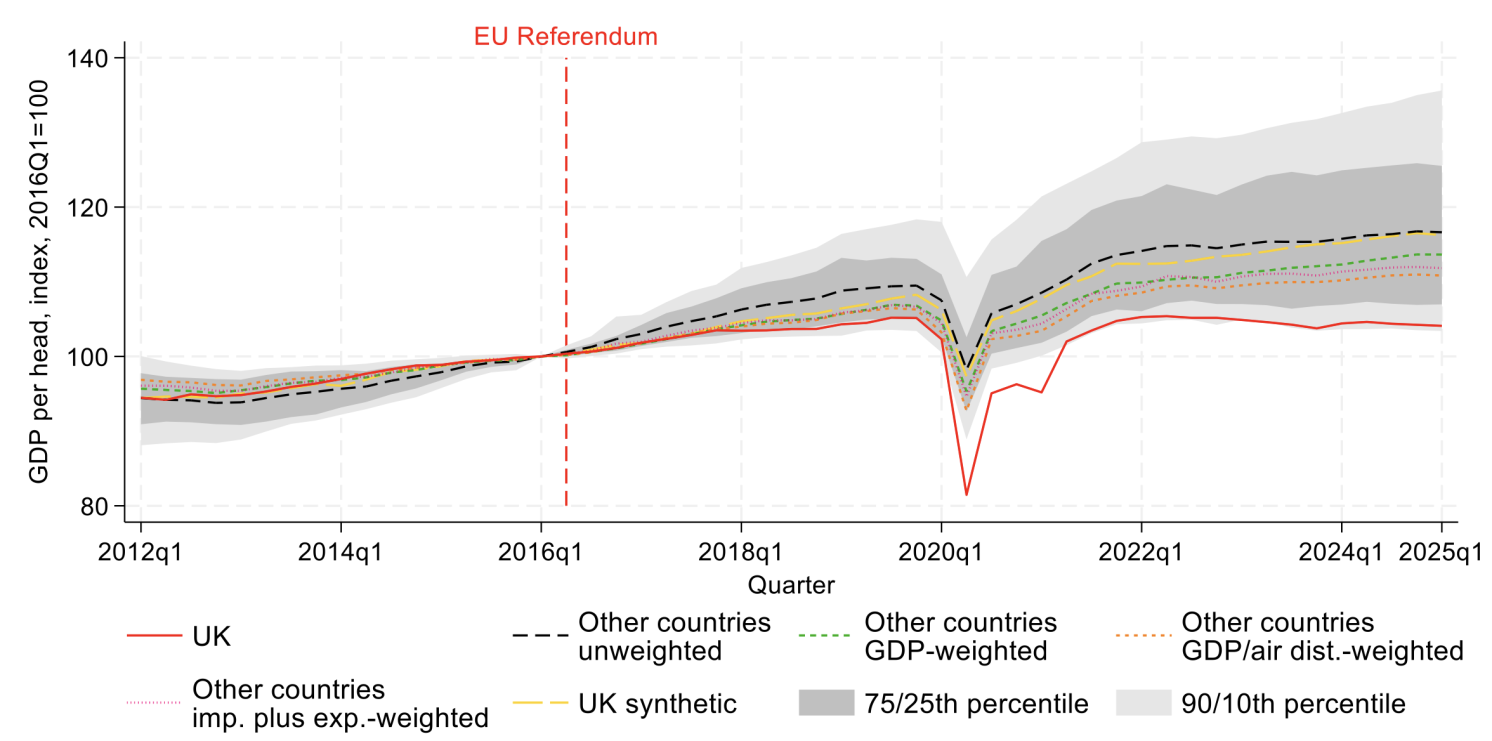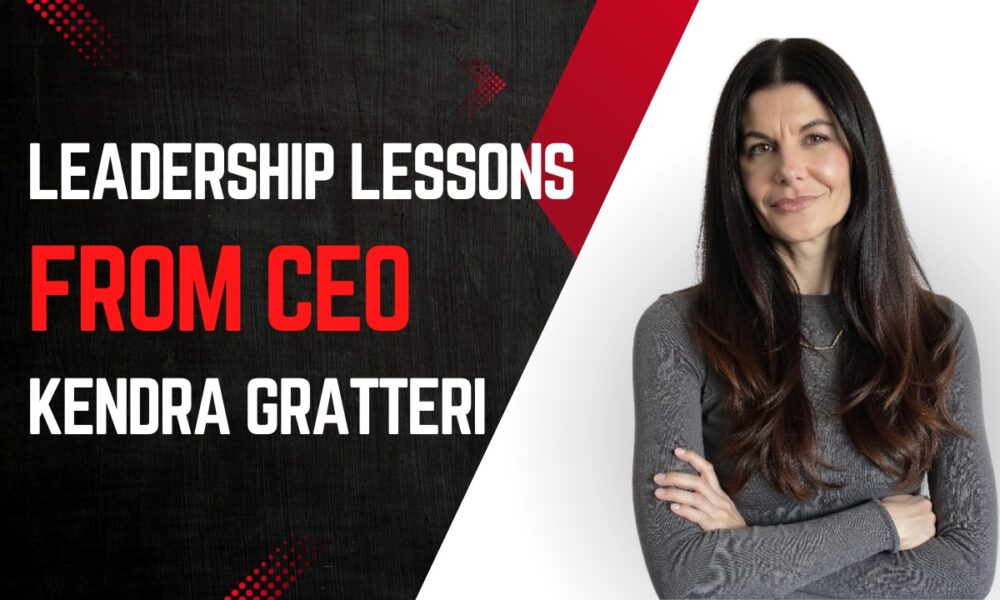The world of AI technology is rapidly accelerating at breakneck speeds, even as it is still in its relative infancy and still being largely experimental. The fact that it is quickly making waves everywhere, already breaking new ground, and early product iterations are being adopted at a meteoric pace is a testament to its usefulness being seen across a wide range of business applications. It is also improving at a blistering pace with new iterations and versions coming out in rapid succession. With new AI products and services exploding onto the financial services marketplace, it can be difficult to separate the sizzle from the steak.
One of the biggest barriers for the industry in actualizing the great benefits of AI has been confirmed through an Accenture survey that interviewed 100 wealth management executives across North American. It reports that wealth management firms are having difficulty in separating “signal from noise” when it comes to artificial intelligence and wealth management. While 84% of their survey participants agree that adopting AI will transform the industry in the next five years, more than 80% of firms are stuck in the proof-of-concept stage with efforts narrowly siloed within a department or team.
It glaringly seems that more education and learning is needed on how exactly AI works and how to best apply it strategically and operationally into a financial services firm.
To better understand the AI landscape and it’s applications in financial services, we reached out Institute Founding Member Nathan Stevenson, CEO of ForwardLane – a financial technology firm founded specifically to help financial institutions leverage the power of AI. They have developed an AI Insights Platform and Next-Best-Action engine and recently launched their new generative AI decision and intelligence platform called EMERGE. They have also been recognized with a host of awards along the way, such as Wealth100, AIFinTech100, and the FinTech Futures Banking Tech awards. As a long-standing innovator in the AI community, we asked Nathan questions to learn from his unique perspective and experiences in applying AI to the financial services industry.
Hortz: How did you initially get involved with AI technology and what are some of the most compelling experiences you have had along the way?
Stevenson: My background is in quantitative finance at alternative asset manager, CQS and so I have spent most of my career analyzing data and coming up with systems and algorithms to find opportunities in that data – opportunities for trading, opportunities for research, working with both structured and unstructured data. As I got into AI early on, what I found interesting was that the fundamental mathematics at the core of artificial intelligence is quite similar to the mathematics that I studied when I was getting into derivatives and credit derivatives in financial markets. I discovered that my skillset in advanced credit derivative mathematics is directly relatable to artificial intelligence and I got really excited about that. I then immediately immersed myself on the topic and literally read hundreds of AI papers.
The key moment for me really came when IBM Watson came out and there were rumors that Watson was going to be available to beta testers and to researchers. I quickly got in touch with IBM and we became part of the first “powered by IBM Watson” program. We got early access to Watson. At that point in time, we thought it was the Deep Blue supercomputer which was used to beat chess grandmaster Gary Kasparov. It was not actually the case, but really it was a great basis to get started from.
So today we are working quite closely with Amazon Web Services (AWS), NVIDIA and Entropik. And the way that we got involved with these firms is really through this evolution that we saw in the AI world. OpenAI has really come out of the gates with GPT 4, and now GPT4 Turbo – a really phenomenal piece of technology, and of course, ChatGPT. And we are working with a large language model called Claude2 from Anthropic, which we are making amazing progress with. Additionally, we are part of the first ever AWS NVIDIA Global FinTech Accelerator program.
Hortz: Where do you see we are now in the development of AI technology and AI solutions providers?
Stevenson: That is a very interesting question. Even though it seems like the market is saturated right now, we really are at the beginning, the very beginning. Think of this as the beginning of the internet and chatGPT being Netscape or Mosaic. It is really the first time that we have been able to use this technology in a lot of different ways and we can already see how this is changing workflows.
AI is now involved in many different parts of creative elements, from visual elements to video editing, from content writing to even podcasts, and a whole range of other different tools. So, I would say it is moving quickest in that creative space.
When it comes to other domains like financial services, it is really green shoots right now and we are starting to see large organizations answering to this first stage of testing and piloting the technology. What we have seen directly is that it can be launched very quickly, relatively easily, and it can provide immediate value. That is what we are very excited about, the speed at which we can now do things with our AI platform.
Hortz: AI technology is developing so quickly as we were introduced to ChatGPT, now GPT4 Turbo and GPT agents. From your perspective, where do we go next with AI tech and applications for the financial services industry? Are we close to some other major bridge with the technology?
Stevenson: What Google is working on with their new multimodal AI system, Gemini, is another wave of AI advancements. Multimodal just means a combination of images and text, but not fully at video yet, but it will get there. What that means is, if you can combine images with text, you can get a more holistic picture or multifaceted picture of a topic or subject.
If you think of economic reports, research reports, there is a lot of work that goes into charts, visualizations, and how they relate to text. And in many cases, it creates additional context and better understanding. The next simple step is really this ability to process and understand economic reports, charts, potentially dashboards in new and interesting ways. Instead of me having to necessarily dig through a dashboard, I could just do a screenshot of it and upload the image and ask it directly for insights. That is going to be a game changer.
The whole notion of dashboards is going to disappear. Dashboards are useful in some cases, but you are just not going to need them. Along with this ability to interpret charts and graphics and other types of images, right alongside text in one context, you are also going to be able to generate charts and reports in another context.
So Claude2, Gemini and Bard, and Open AI’s newly released GPT4-Turbo are going to reduce costs, expand the context window to 128K (300+pages) and bring in multi-modal capabilities to interpret and generate charts, analytics and more.
These providers are going to make personalized, no-code tools available to enable enterprises and individuals to build their own “agents”.
Hortz: What advice would you give to a firm debating whether to build or buy AI capabilities at this juncture? What do they need to know?
Stevenson: In building AI capabilities, you can do many basic things right now. With plenty of tools that are blossoming everywhere on the internet, you can just go and use ChatGPT products directly yourself. There are a lot of great things you can do with AI today. So, absolutely go and use the tools that are being created for you. But, when it comes to financial data, when it comes to trying to apply this to the financial services domain, you really want to find a trusted partner who has done that work before.
There is a great deal to consider here. There is a lot of testing behind the scenes to actually just get to a good answer and you do not want to be wasting your time trying to figure that stuff out. I do think that there are going to be horizontal capabilities. Marketing could be one of them. Information processing like just asking questions of your knowledge base is another one.
And so, certainly many really good internal capabilities can be done on a build basis, but you have to ask yourself the question, what should you build and what should you outsource and who should your partners be? So, it is really use case dependent and a lot of firms have adopted different strategies. With vertical kind of applications that need to be built across the firm, they will go with partners.
Hortz: Having worked with many major tech partners, can you share recommendations or criteria for financial firms in evaluating AI solutions providers?
Stevenson: Well, I think that if you are thinking about applications for wealth management, asset management, and insurance, then you want a tech partner that has deep experience in financial services. That goes without saying, however the devil is in the details. It really has to be a partner that truly understands financial services data and the fundamentals of that data, but then also has the expertise to work with your own solutions and existing data warehouse databases as it is today. And that requires experience in solution architecture and enterprise.
This requires a team that has IT qualifications such that you are able to meet the highest ITIL standards of security, process, and consideration to the organization. So that’s things like data governance, data providence costs, data security, and data privacy, but it is also things like security by design where the solution is built from the ground up to be secure. The entire data pipeline can be really complex to navigate and overwhelming.
That is where ForwardLane and others in the industry, like Craig Iskowitz and the Ezra Group, are specialists in the wealth management space, interpreting architectures and coming up with solutions. F2 Strategy is another excellent group working in asset and wealth management to help navigate these types of implementations.
So, if you do not have those skills, depending on your size, go to one of these consulting firms that do and can help you create solutions. If you are a mid-size or larger firm, find partners that complement your skill sets and are there to work in partnership with you and not replace you. Think of partners like Forward Lane as augmenting some of the capabilities you already have or amplifying or multiplying what you have already done with your data analytics teams and your architectures and how you can make the most of your existing investments. That is where we can be really helpful, as that connective layer to help you actualize results.
The Institute for Innovation Development is an educational and business development catalyst for growth-oriented financial advisors and financial services firms determined to lead their businesses in an operating environment of accelerating business and cultural change. We operate as a business innovation platform and educational resource with FinTech and financial services firm members to openly share their unique perspectives and activities. The goal is to build awareness and stimulate open thought leadership discussions on new or evolving industry approaches and thinking to facilitate next-generation growth, differentiation, and unique community engagement strategies. The institute was launched with the support and foresight of our founding sponsors — Ultimus Fund Solutions, Nasdaq, FLX Networks, TIFIN, Advisorpedia, Pershing, Fidelity, Voya Financial, and Charter Financial Publishing (publisher of Financial Advisor and Private Wealth magazines).
The views and opinions expressed herein are the views and opinions of the author and do not necessarily reflect those of Nasdaq, Inc.





































